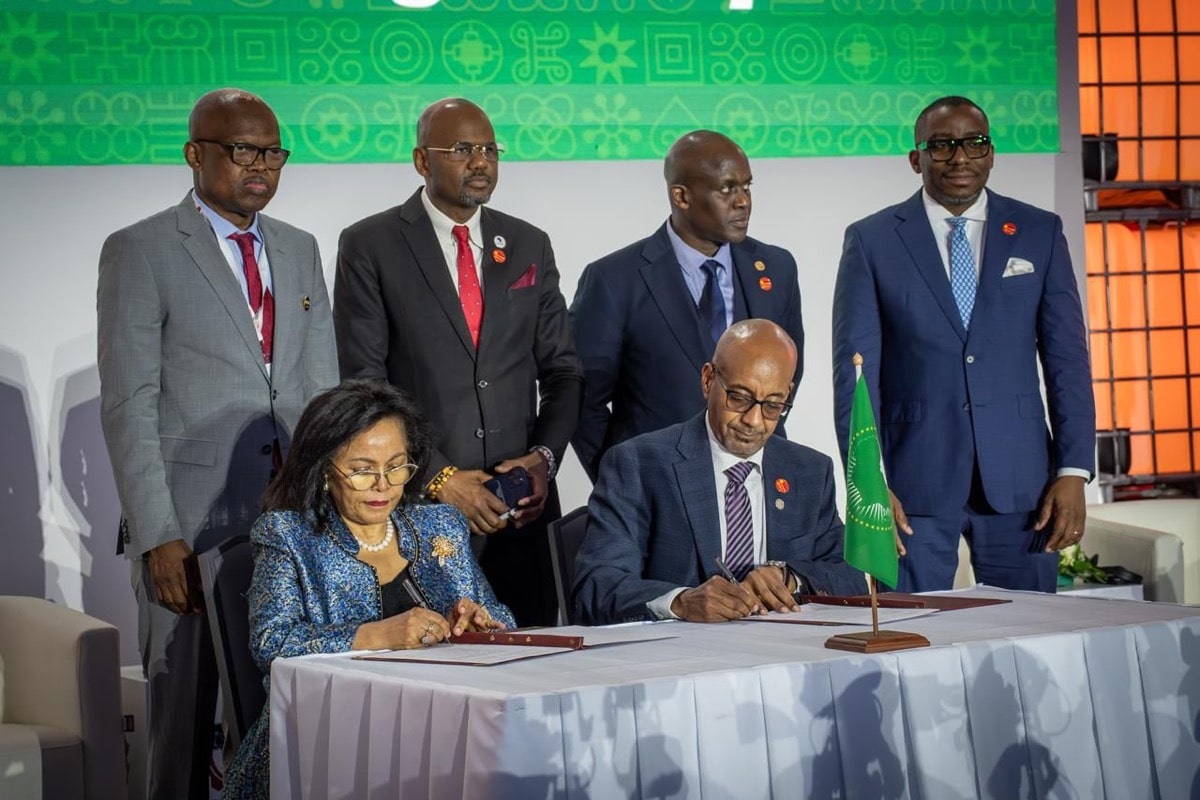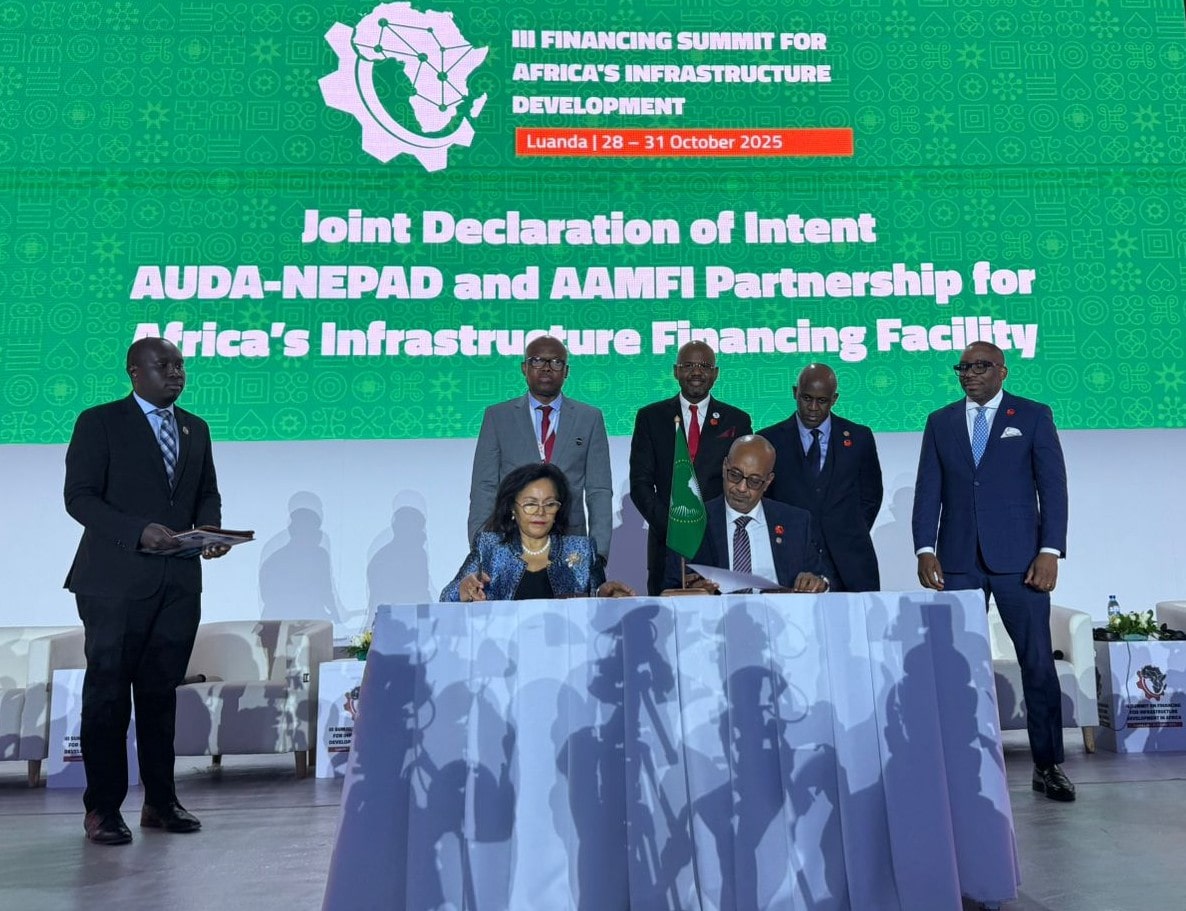Financing instruments like the AAMFI Infrastructure Financing Facility are crucial in times when Africa faces a massive infrastructure funding shortfall.

The Alliance of African Multilateral Financial Institutions (AAMFI) and the African Union Development Agency–NEPAD (AUDA-NEPAD) have announced the launch of a new AAMFI Infrastructure Financing Facility, a $1.5 billion funding vehicle intended to support African Union–endorsed infrastructure projects.
The announcement was made at the Luanda Infrastructure Financing Summit, held under the theme “Cutting the Cost of Capital: Financing Africa’s Infrastructure.” During the summit, a Declaration of Intent was signed by representatives of AUDA-NEPAD and AAMFI in the presence of African heads of state, multilateral financial institution leaders, senior government officials, and private-sector representatives.
Angolan President João Lourenço, speaking at the event, emphasized the need for Africa to “finance its own future” by marshaling collective resources toward roads, power grids, and digital networks that can integrate markets, spur industrialization, and uplift communities.
In its first phase, the Facility will support five priority infrastructure projects across energy, transport, water, and ICT sectors, with a further six projects to follow. These are intended to span all major African regions (Northern, Western, Eastern, Central, Southern) and align with both the African Union’s Programme for Infrastructure Development in Africa (PIDA) and Agenda 2063. Up to USD 100 million of the Facility’s resources may be devoted to project preparation. The remaining funding will be mobilized once technical, institutional, and financial conditions are met.
The Facility is designed to act as a continental coordination mechanism that bridges the gap between project preparation and full financing, encourages standardized investment frameworks, and enables blended-finance structures. It is also framed as a stepping stone toward the eventual establishment of an African Union Development Fund, aimed at enhancing the continent’s capacity to structure and channel infrastructure financing independently.
AAMFI Chairperson Samaila Zubairu (also President & CEO of Africa Finance Corporation) remarked that the program reflects Africa’s aspiration to “take charge of its own development financing,” fostering a unified approach to infrastructure delivery. AUDA-NEPAD’s CEO, Nardos Bekele-Thomas, noted that the Facility embodies “African ownership in action,” reinforcing Agenda 2063 through collaborative and sustainable infrastructure solutions.
The formal Cooperation Framework Agreement between AUDA-NEPAD and AAMFI is expected to be signed during the 39th African Union Assembly session in Addis Ababa in February 2026.

Financing instruments like this are crucial in times when Africa faces a massive infrastructure funding shortfall. The African Development Bank (AfDB) estimates that the continent requires between USD 130 billion and USD 170 billion annually in infrastructure investment, leaving a financing gap of roughly USD 68 to USD 108 billion each year. Some other estimates, incorporating broader development needs, place the shortfall even higher.
This deficit constrains growth. Continuous underinvestment in infrastructure is estimated to shave off about 2 percentage points of GDP growth annually in many African countries. Moreover, infrastructure deficits raise costs, thus, energy for manufacturing in Africa can be up to four times more expensive, freight tariffs double, and travel along key export corridors can take three times as long compared with Asia.
By establishing structured, domestically managed platforms like the AAMFI Facility, African institutions can reduce reliance on external debt with unfavorable terms, mobilize and channel domestic capital, standardize investment frameworks and create interoperable models across countries, and create a pipeline of bankable projects under African stewardship, boosting credibility with both domestic and international financial markets.









